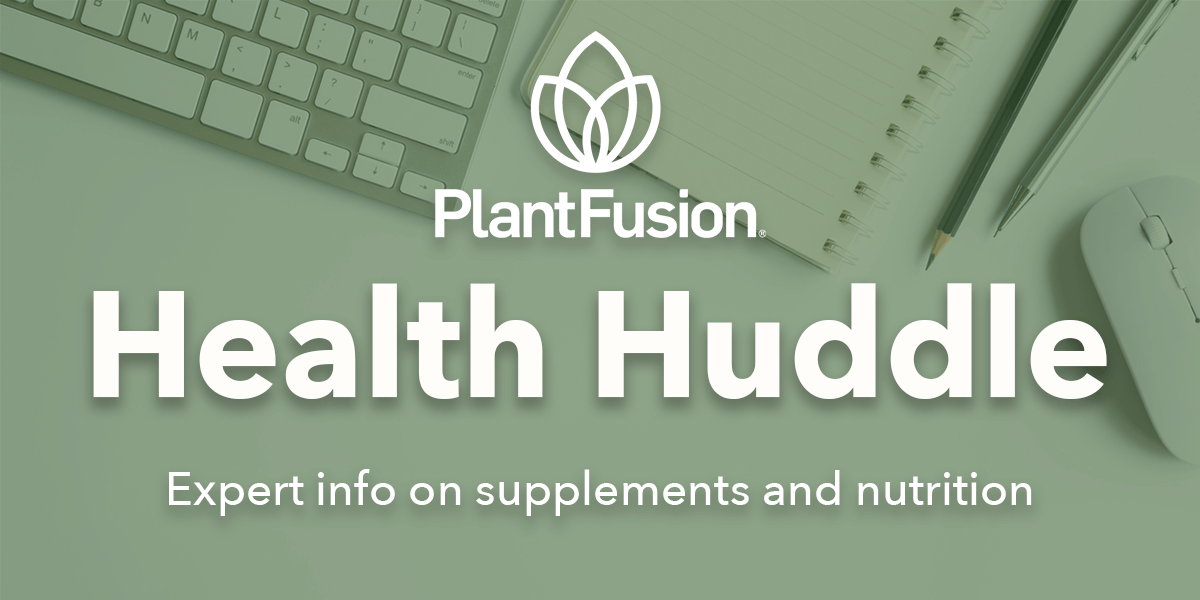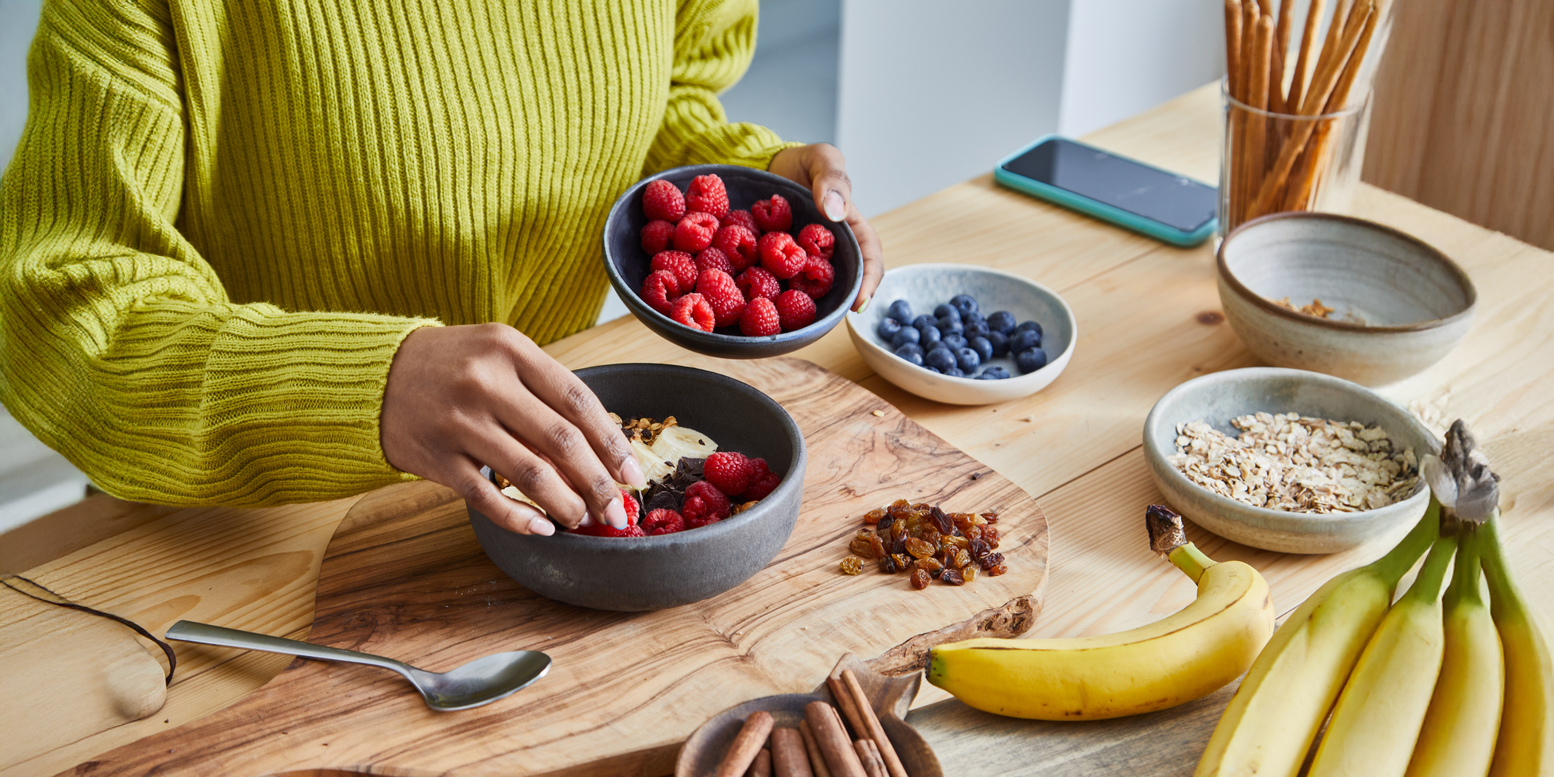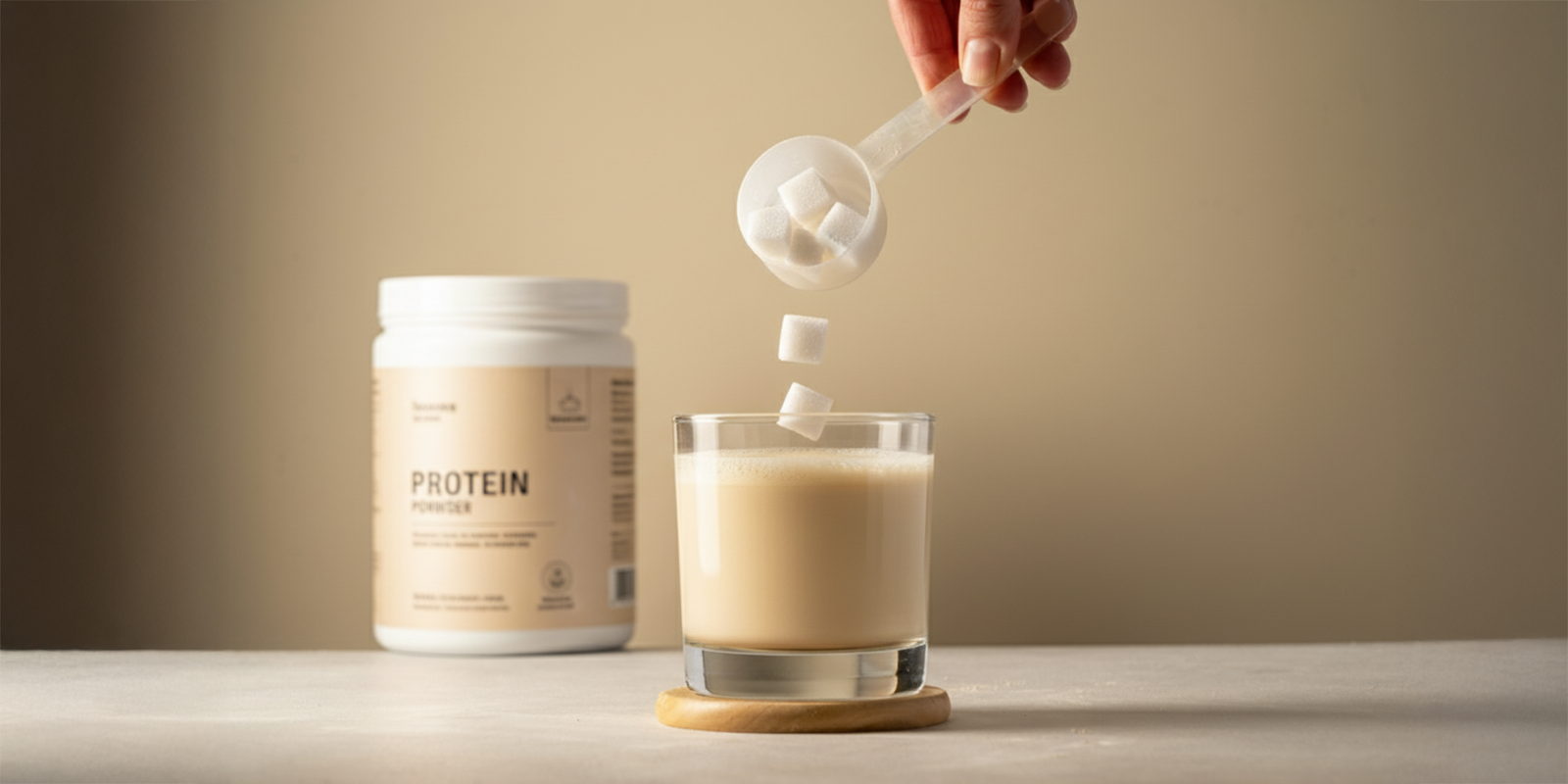All of us snack nearly every day — but few of us think systematically about how to do it well.
Perhaps it’s the handful of pretzels you grabbed between calls, or the bar from your bag that serves up more sugar than sustenance, or that late-night quest for “something salty.”
And nutritionists snack, too, but they mean a different thing by it. And to them, a snack is not a guilty pleasure — it’s simply a smaller version of a meal which will keep energy levels high, blood sugar balanced and the body nourished between meals.
In this guide, we’re going to dig into how to snack like common-sense nutritionist — with expert strategies that work in the real world (rather than just on paper).
The Science Behind Snacking: What Your Body Really Needs
Snacking has a bad rap, but done right it can actually be a healthy habit that supports energy levels and metabolism! If you wait too long to eat, your blood sugar drops and your cravings spike — it’s the body saying they need quick energy (i.e., sugar). A well-balanced snack solves this. Dietitians often use the “trifecta formula”:
Protein + Fiber + Good Fat.
This combination not only slows digestion down, but also stabilizes your blood sugar levels, thereby minimizing that 3pm crash. Protein refuels and maintains muscle tissue, fiber aids in digestion and fullness, and healthy fats help to balance hormones and brain function.
The point, after all, isn’t perfection — it’s balance. You’re constructing a bridge in between meals, not yet another meal.
Tip #1: Never Eat Carbs Without Protein
The snacking rule that is both the easiest and most effective? Pair your carbs with protein.
Carbs deliver a quick hit of energy, but by themselves they tend to burn out quickly — causing a crash later. Combining them with protein or healthy fats slows digestion, stabilizing energy and helping to keep hunger at bay.
But protein helps build up fuel for the long haul, like throwing thick logs into a smouldering fire. Think of it as nutritional teamwork: carbs are the spark while proteins fan the flame and keep that thing burning strong.
Nutritionist-approved combos:
- An apple with almond butter
- Whole-grain crackers with hummus
- A banana and a small handful of mixed nuts
- Greek yogurt topped with berries
- Avocado and hemp seed rice cakes
If you’re often left feeling “tired but wired” after snacks that are carb-heavy, this small shift can have a big impact.
Tip #2: Load Up on “Volume Foods” That Leave You Filled
Eating big to get smaller — fewer calories, more-portion eating is a common nutritionist trick.
Which means you should focus on “volume” foods — foods that are naturally high in water and fiber, making them low in calories. Getting satisfaction from foods that occupy space in your stomach and send us satiety signals before we go overboard.
Think:
- Crunchy vegetables (riced cucumber, carrots, bell peppers)
- Air-popped popcorn
- Chia pudding
- Berries and melon
- Leafy greens
Add a little protein, or healthy fat (from nuts, yogurt or seeds), and you have yourself an all around snack that delivers in every way. This is not about calories; it’s about providing your body with the messages it needs to tell you when you’ve had enough.
Tip #3: Upgrade Convenience Snacks
Nutritionists understand that convenience is not the enemy — mindless convenience definitely is. The secret is to have choices already made before you’re hungry enough to reach for whatever’s closest.
A few instances of “smart convenience”:
- D.I.Y. trail mix: A handful of unsalted nuts mixed with pumpkin seeds, dried fruit and a couple of dark chocolate chips.
- Smoothie packs: Measure fruit, greens and protein powder (like PlantFusion Vegan Protein Powders) by the bagful for no-brainer blending.
- Shelf-stable choices: Roasted chickpeas, lentil chips and protein bars are all easily stored in a bag when you’re on the go.
- Mini snack boxes: Make individual containers of snacks for work and travel so you can avoid the vending machine.
Pre-planning changes snacking from impulse to intention.
Tip #4: Mindful Snacking Instead of Emotional Eating
Nutritionists don’t snack because they happen to find food readily available — they plan for it. That doesn’t mean you should never eat impulsively, but it does mean understanding the difference between hunger and habit.
Before grabbing a snack, attempt this mental check-in:
- Am I hungry or just bored?
- When did I last eat?
- What does my body really want — fuel, hydration, or comfort?
If you recognize that it’s only restlessness, have a glass of water or take a short walk before eating.
If you’re hungry, honor that — but do so with intention. Instead, sit down, plate your snack and eat — without bringing other things to do into the picture.
Being more mindful can help the body learn to better recognize when it is hungry (or full!), and so you eat only what you need — balancing your body throughout the day.
Tip #5: Snack to an Outcome
The best nutritionists do not snack frivolously — they snack strategically. That is, it’s about eating the snack that best serves what your body needs at that time.
Here’s how to snack toward certain goals:
For Energy:
Opt for a snack with long-burning carbs and minerals such as magnesium. Opt for roasted nuts, a banana and peanut butter or whole grain toast with avocado and hemp seeds.
For Muscle Recovery:
Aim for a balance of protein and carbs within 30 minutes of exercising. A smoothie, yogurt and fruit, or a small wrap with hummus and veggies are ideal.
For Skin or Joint Health:
Add foods with collagen-supporting vitamin C and antioxidants to the mix — such as citrus, berries, and leafy greens.
For Bone Support:
Snack on foods high in calcium such as almonds, tofu, or kale and serve alongside a source of vitamin D, such as mushrooms or fortified plant milks.
This shifts the way we think about snacks — not as sources of indulgence and pleasure, but as tools for wellness, small daily choices that can add up to big results.
Snack Ideas Nutritionists Swear By
Let’s get practical. These pairings offer a balance of flavor, convenience and nutrition that let you snack like an expert — no deep thought needed.
Sweet craving fix:
Yogurt with berries and a sprinkle of nut butter.
Afternoon slump saver:
Banana, spinach, chia seed and big scoop of almond butter smoothie.
Pre-workout fuel:
Avocado on rice cakes dusted with everything bagel seasoning.
Crunchy and satisfying:
Slices of cucumber with hummus and pumpkin seeds.
Evening craving control:
Small handful of dark chocolate chips w/ walnuts and herbal tea.
Keep it simple. The more you enjoy your snacks, the more likely you are to stick with the habit. Need inspiration? Take a look ar our Recipe Blog
Snack Smarter, Not Less
Snacking healthy isn’t about cutting back — it’s about upgrading.
When you start thinking of snacks as chances to fuel, rather than just fill up your tank, the result is better focus, energy and satisfaction.
Nutritionists aren’t perfect eaters. They simply know that consistency trumps willpower. You don’t have to perform a complete dietary overhaul — you just need to sandwich some smarts between meals.
So the next time hunger strikes, think before you grab something random. Consider the snack as a tiny but mighty act of self-care — something that serves the way you want to feel as well as what you crave at the moment.
Organic Protein - Fermented Vegan Protein Powder
Whole Food, Plant Based Protein Powder with Green Superfoods, Enzymes & Probiotics















